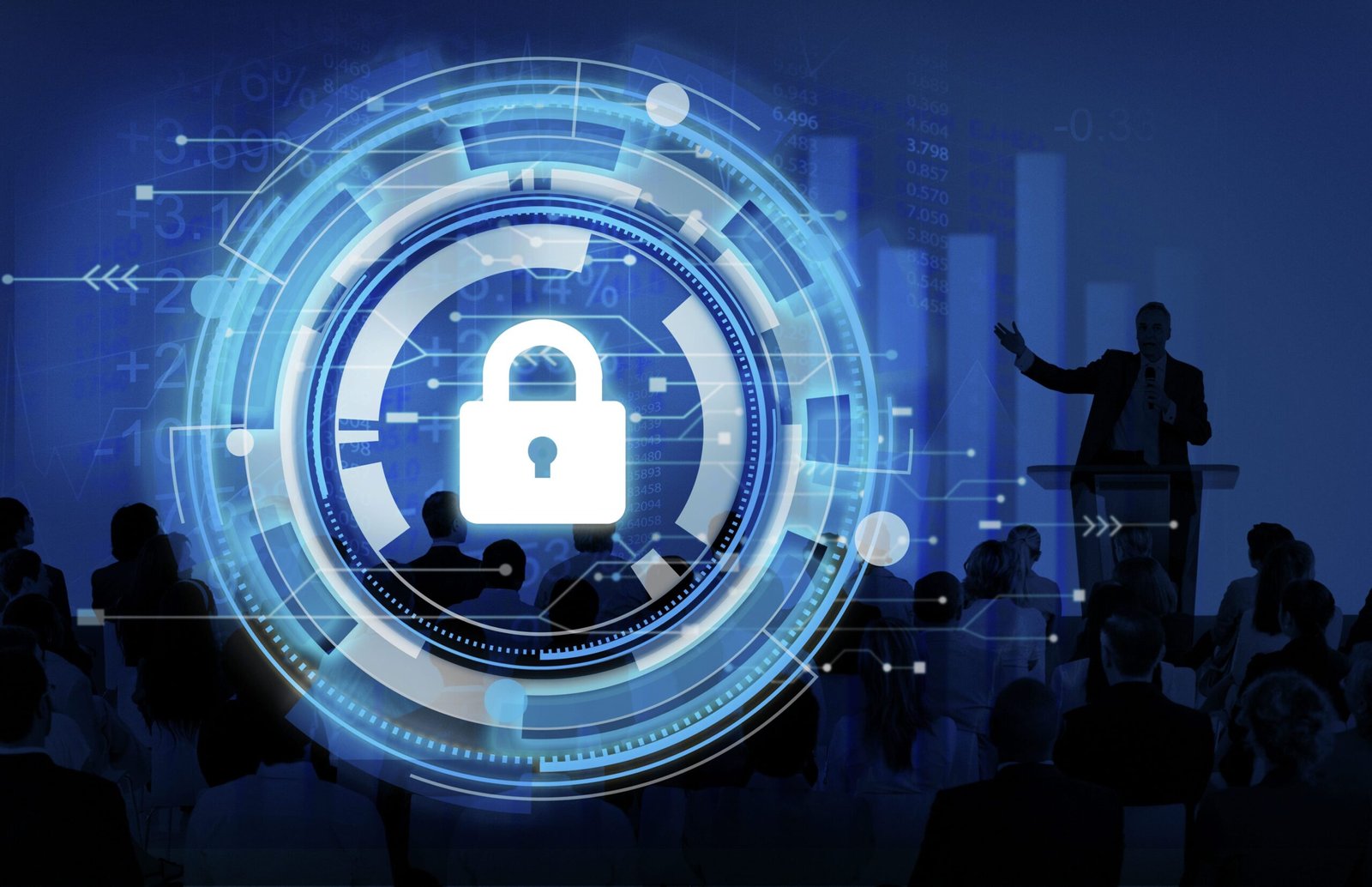In today’s interconnected digital workplace, cybersecurity is no longer solely the responsibility of IT departments. Regardless of role or technical expertise, every employee is critical in safeguarding company data. Among the most pervasive threats is phishing—an attack vector that exploits human trust rather than system vulnerabilities. Establishing a robust culture of cybersecurity awareness is crucial for mitigating these threats and fostering organizational resilience.
A crucial element in developing this culture is equipping employees with the understanding and abilities required to recognize and respond to phishing attempts. This is where comprehensive phishing training becomes invaluable. Through practical simulations, interactive lessons, and up-to-date threat scenarios, employees can learn to spot suspicious emails, verify questionable links, and report potential breaches. When training is frequent, relatable, and well-integrated into company operations, it transforms employees from possible security risks into proactive defenders.
Creating a cybersecurity-aware workforce requires more than one-time sessions or technical jargon. It demands continuous engagement, leadership support, and a shared commitment to vigilance.
The Growing Threat of Phishing Attacks
Phishing tactics have grown exponentially in sophistication over recent years, with attackers employing increasingly advanced methods to bypass even the most rigorous security defenses. Cybercriminals meticulously craft their communications to replicate the branding and tone of trusted organizations, leading even the most watchful employees into error. Recent statistics reveal that phishing is responsible for approximately 90% of data breaches, highlighting the urgent necessity of addressing this pervasive issue. Organizations must recognize that no one is immune to such attacks and that each employee, from top executives to entry-level staff, plays a critical role in defending against such intrusions.
The Critical Role Employees Play in Cybersecurity
Phishing attacks pose significant risks to organizations by compromising networks, spreading malware, stealing sensitive data, and granting unauthorized access. Workers are vital in combating these threats; their knowledge and comprehension are key to upholding security.
Regular training sessions that include real-world examples, simulated phishing exercises, and updates on cybercriminal tactics can improve employees’ ability to recognize these threats. Cultivating a culture of security awareness in the organization can transform the human element into a valuable asset. This enables employees to play a significant role in enhancing the organization’s comprehensive cybersecurity measures.
A proactive approach mitigates risks and strengthens the organization’s security posture.
Strategies to Empower Employees
Training Programs
Structured training programs are paramount in instilling a cybersecurity mentality among employees. These programs should extend beyond basic awareness to cover recent threat trends, promoting dynamic and engaging learning experiences. By conducting periodic refresher courses, organizations ensure that employees remain vigilant, knowledgeable, and up-to-date with the latest phishing tactics. Such ongoing education at all levels fortifies not only individual defenses but also the collective strength of the organization as a whole.
Real-Life Simulations
Practical simulations are powerful instruments for evaluating and improving employee preparedness to tackle phishing and cyber threats. These simulations effectively mimic phishing situations, enabling employees to utilize their skills in a safe, controlled environment. Such interactive training reinforces acquired abilities and highlights areas that need additional focus.
Regular Updates and Communication
Establishing an open communication channel is essential for constructing a workplace culture centered around cybersecurity. Regular updates regarding new phishing threats and best cybersecurity practices keep everyone well-informed and prepared. By fostering an atmosphere in which open dialogue thrives, organizations empower employees to actively participate in their cybersecurity efforts actively, thereby enhancing their defenses’ overall resilience.
Creating a Cybersecurity-Aware Culture
Establishing a culture prioritizing cybersecurity necessitates dedication from every tier of the organization, from top executives to front-line staff. Leaders play a crucial role by modeling best practices, such as conducting regular training sessions and adhering to security protocols. They set a clear example for everyone.
Organizations should promote employee knowledge-sharing through workshops, newsletters, and informal lunch-and-learn sessions to cultivate a strong cybersecurity culture. Collaboration can be enhanced by forming cross-departmental teams, which helps foster a sense of community and shared purpose.
It is essential to embrace a shared responsibility, as cybersecurity is a collective duty that affects the entire organization. This mindset empowers employees to report suspicious activities or potential security issues. The goal is to integrate cybersecurity practices deeply into the organizational culture, making them as instinctive as other daily activities. This normalization allows employees to easily incorporate security measures into their routines, reinforcing a more vigilant, aware, and resilient workforce prepared to face cyber threats effectively.
Benefits of a Proactive Approach
Proactive cybersecurity strategies can significantly enhance an organization’s defenses against potential cyberattacks, reducing security breaches and overall risk exposure. This strategy includes routine risk evaluations, executing vulnerability assessments, and applying sophisticated security solutions like intrusion detection systems and threat intelligence tools. Furthermore, employee training and awareness initiatives are essential in promoting a security-focused culture.
Organizations emphasizing cybersecurity can safeguard essential assets such as sensitive information, intellectual property, and reputation. This dedication fosters trust and confidence among employees, stakeholders, and customers. Moreover, demonstrating a strong stance on cybersecurity can enhance an organization’s market position and ensure compliance with regulations, ultimately contributing to long-term success and stability.
Challenges and Solutions in Implementation
Implementing effective training programs and nurturing a cybersecurity culture presents various challenges. Employees may resist change, view initiatives as peripheral, or struggle with engagement. Organizations must tackle these issues by offering incentives for participation, maintaining transparent communication about the essential nature of cybersecurity, and providing ongoing support and resources. Overcoming these challenges instills a robust, resilient cybersecurity posture protecting employees and the organization.
Conclusion
In conclusion, empowering employees through comprehensive training and fostering a culture of cybersecurity awareness is foundational to securing modern digital ecosystems. By combining well-structured education programs with a proactive, engaged workforce, organizations empower employees to transform from potential vulnerabilities into steadfast defenders. As technology advances and cyber threats evolve, remaining informed and vigilant is crucial to ensuring a safer digital environment for everyone involved. This strategic engagement enhances the organization’s cybersecurity resilience and bolsters overall morale and confidence in its security measures.

